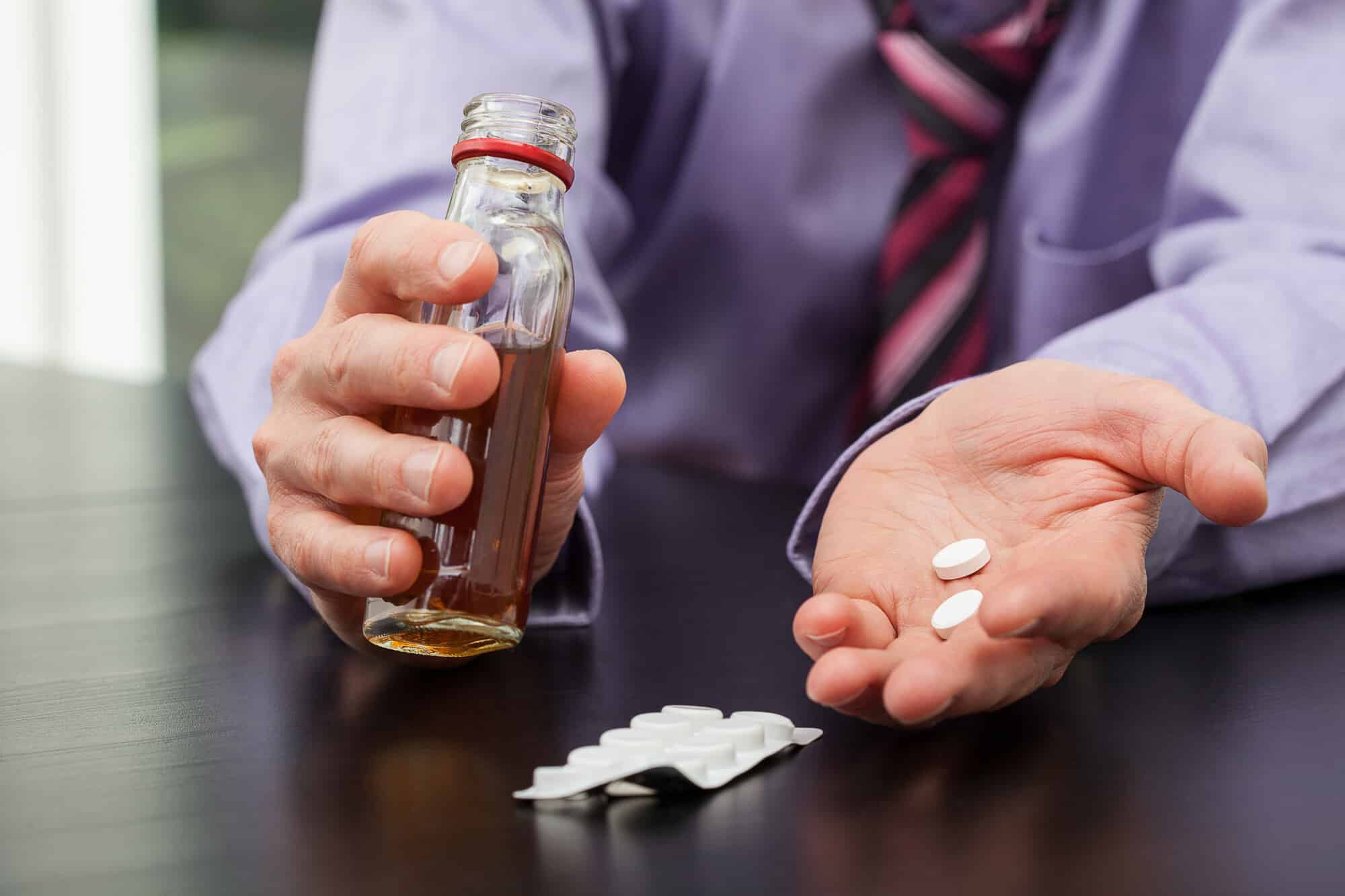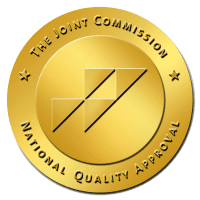Every day, countless individuals grapple with the silent yet gripping battle of substance misuse, particularly the risky mix of Xanax and alcohol. This perilous combination, often overlooked in everyday conversations, poses a significant threat to both physical and mental well-being.
Picture this: a person seeking solace in the calming waves of Xanax, only to find themselves further entangled in the deceptive allure of alcohol. The result? A dangerous mix that amplifies risk and invites a cascade of health complications.
This article is a critical exploration into why this combination is so harmful and how easily individuals can fall into this trap. Read on to understand the dangers of mixing Xanax and alcohol, and discover the path to recovery and hope.
An Overview of Xanax and Alcohol
Xanax is known for its calming effects on the nervous system. Doctors often recommend it to treat anxiety and panic disorders. Xanax works by enhancing the effects of a natural chemical in the body known as GABA, which helps induce relaxation and reduce nerve activity.
Despite its therapeutic benefits, Xanax also carries a risk of addiction and dependence. Especially when used over a long period or in higher doses than prescribed.
Alcohol, on the other hand, is a central nervous system depressant. It slows down brain function and alters mood, consciousness, and behavior.
While many people drink alcohol socially, its use can become problematic. Alcohol addiction, characterized by an inability to control or stop drinking despite negative consequences, is a serious concern. It affects both physical and mental health and can disrupt a person’s life and relationships.
Both Xanax and alcohol produce sedative effects, though they do so through different mechanisms in the brain. Xanax’s calming effect on the nervous system can be amplified by alcohol which leads to heightened sedation.
The Dangers of Mixing Xanax and Alcohol
When Xanax and alcohol are consumed together, they can produce dangerously amplified effects. This combination significantly increases the risk of severe sedation, drowsiness, and decreased motor skills. These effects can lead to dangerous situations, including the increased likelihood of accidents and impaired judgment.
Xanax Overdose and Alcohol Poisoning
Mixing Xanax and alcohol also raises the risk of overdose and alcohol poisoning. The body’s ability to process each substance is compromised when taken together which leads to higher levels of both in the bloodstream.
Symptoms of Xanax overdose may include:
- Confusion
- Impaired coordination
- Slowed breathing
Alcohol poisoning can present with vomiting, unconsciousness, and respiratory difficulties. Both conditions are medical emergencies and require immediate attention.
Mental Health Implications
The combination of Xanax and alcohol can also exacerbate mental health issues. Individuals using Xanax for anxiety or panic disorders may find their symptoms worsen with the addition of alcohol. This mix can lead to heightened anxiety, depression, and even suicidal thoughts.
Identifying the Signs of Co-use
Identifying someone who is using both Xanax and alcohol can be challenging, but it’s crucial for timely intervention. The signs of this co-use often overlap which makes it difficult to distinguish between the effects of each substance. However, certain indicators can point towards this dangerous combination.
Behavioral Changes
One of the first signs to watch for is a change in behavior. This might include unusual secrecy, withdrawal from social activities, or a noticeable shift in mood or personality.
People mixing Xanax and alcohol often exhibit increased lethargy, confusion, and impaired decision-making. They may struggle with everyday tasks and appear disconnected from their surroundings.
Physical Symptoms
Physically, the signs are more evident. Slurred speech, unsteady walking, and unusually slow reaction times are common. There may also be an increase in periods of forgetfulness or blackouts, where the individual cannot recall events. Other physical signs include:
- Drowsiness
- Excessive sleeping
- Reduced motor coordination
Emotional and Mental Impact
Emotionally and mentally, this combination can intensify feelings of depression or anxiety, the very conditions Xanax is often prescribed to manage. Users might display increased irritability, mood swings, or signs of emotional instability.
In some cases, there’s a noticeable decline in mental health, with symptoms becoming more acute than before.
Xanax Addiction Indicators
For those specifically struggling with Xanax addiction, signs include a growing tolerance to the drug’s effects, experiencing withdrawal symptoms when not using, and an inability to reduce or stop usage despite wanting to. These signs are critical red flags indicating a deepening dependence on the drug.
Treatment and Recovery Options
Treating addiction requires a comprehensive approach. Especially when it involves both Xanax and alcohol. Recovery is not a one-size-fits-all journey; it needs to be tailored to the individual’s unique situation.
The first step often involves medical detox, a process that helps the body safely remove the substances under medical supervision. This phase is critical, particularly to manage withdrawal symptoms safely and effectively.
Therapies for Long-term Recovery
Once detox is completed, the focus shifts to long-term recovery strategies. This includes a variety of therapies designed to address the root causes of addiction and build skills for sustained sobriety.
Cognitive Behavioral Therapy (CBT) is a common method used in treatment. It helps individuals understand their thought patterns and behaviors, and develop healthier coping mechanisms.
Another form of therapy is Rational Emotive Behavior Therapy (REBT). It assists in changing irrational beliefs and negative thought patterns that contribute to substance abuse.
Personalized Care and Support
Treatment centers often offer a range of programs, including inpatient and outpatient services. Inpatient programs provide a structured environment where individuals can focus entirely on their recovery.
Outpatient programs, on the other hand, allow individuals to continue with their daily lives while attending regular therapy sessions. Both options aim to provide the necessary support and care tailored to each person’s needs.
Addressing Co-occurring Conditions
Many individuals struggling with Xanax and alcohol addiction also face co-occurring mental health conditions like anxiety or depression. Dual diagnosis treatment is essential in these cases to address both the addiction and the mental health condition simultaneously. This integrated approach is crucial for effective recovery and preventing relapse.
The Role of Addiction Recovery
Addiction recovery doesn’t end with the completion of a treatment program. It’s a continuous process that involves building a supportive network, ongoing therapy, and sometimes participating in community support groups like Alcoholics Anonymous or Narcotics Anonymous. These resources provide a foundation for maintaining long-term sobriety and a healthy lifestyle post-recovery.
Role of Professional Help
When dealing with addiction to substances like Xanax and alcohol, the role of professional help cannot be overstated. Addiction is a complex issue that often requires more than just willpower to overcome.
Professionals in addiction treatment bring expertise and experience that are vital in crafting an effective recovery plan. They understand the intricacies of addiction, including the physical, psychological, and emotional aspects.
Professional treatment centers, like Purpose Healing Center, offer customized treatment plans. These plans are designed to meet the specific needs of each individual. They may include various therapies, medical treatments, and support systems to ensure a comprehensive approach to recovery.
For instance, in cases of Xanax addiction, experts might focus on managing withdrawal symptoms and addressing the underlying causes of anxiety or stress that led to medication misuse.
Professional help also extends to providing support in various forms. This includes counseling, group therapy, and family therapy, which play crucial roles in recovery. These support systems help individuals:
- Understand their addiction
- Learn coping strategies
- Build a network of support that’s crucial for long-term recovery
Prevention and Long-term Sobriety
Preventing addiction to Xanax and alcohol starts with awareness. Understanding the risks associated with these substances and recognizing early signs of misuse are key preventive measures.
It’s also important for individuals to be aware of their mental health and seek professional help when dealing with stress, anxiety, or other emotional issues, rather than turning to substances for relief.
Building a Foundation for Long-term Sobriety
Achieving long-term sobriety requires ongoing effort and support. This includes staying engaged with support groups or counseling, which provide continuous guidance and a sense of community.
Establishing healthy routines and habits is also crucial. This might involve regular exercise, balanced nutrition, and activities that promote mental well-being.
Staying Vigilant
Remaining vigilant about the triggers and situations that might lead to relapse is another key aspect of maintaining sobriety. This means being aware of the emotional or environmental factors that could tempt an individual to use Xanax or alcohol again and having strategies in place to deal with these triggers effectively.
Ongoing Support and Care
Lastly, staying connected with healthcare providers and support networks ensures that individuals have access to help whenever needed. Regular check-ins with therapists or counselors can provide ongoing support and guidance. They can help individuals navigate the challenges of sobriety and maintain their recovery journey.
The Purpose Healing Center Approach
Mixing Xanax and alcohol is a dangerous gamble with health and well-being. At Purpose Healing Center, we specialize in guiding individuals out of this risky labyrinth, offering comprehensive treatment for Xanax and alcohol addiction. Our approach is tailored to ensure each person’s unique needs are met with empathy and expert care.
If this struggle touches your life, don’t wait. Contact Purpose Healing Center. With our support, you can turn a page, leaving addiction behind and stepping into a life filled with healthier choices and lasting recovery



